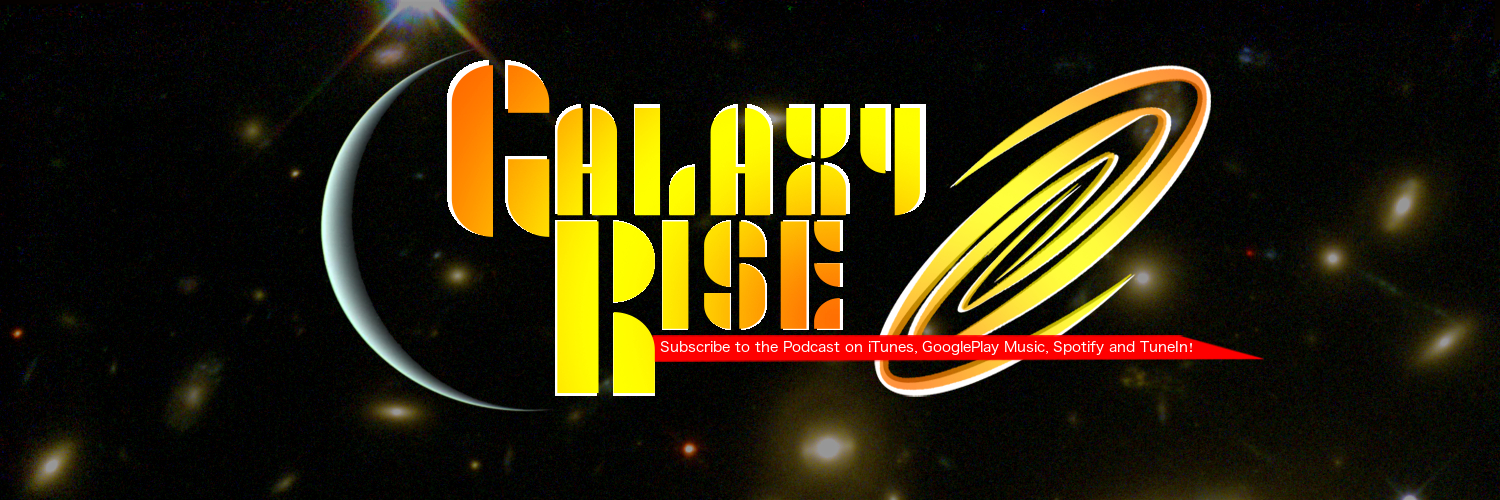In 1973 NASA launched Mariner 10, the first spacecraft sent to study Mercury. It flew by Venus and then Mercury 3 times before ending in 1975.
We didn’t attempt to visit Mercury, again, until 2004 when NASA launched The Johns Hopkins University Advanced Propulsion Lab (APL)’s MESSENGER Mission. That highly successful mission ended in 2015 and generated a tremendous amount of scientific data and stunning imagery. Research teams will be analyzing the data for decades.

On October 20th, ten years of design and construction will culminate in the launch of the latest mission to Mercury!
BepiColumbo is a joint mission of the European Space Agency (ESA) and the Japan Aerospace Exploration Agency (JAXA).
It’s, also, two science orbiters in one piggybacked package!
In ESA’s own words it’s one of the most technically and scientifically complex missions ever launched. It’s a bulky 6.5m tall when it’s packed for launch, a tight fit in the fairing of it’s Ariane 5 launcher.
Sharing a single solar electric propelling transfer module, the sibling craft of the BepicColumbo mission will take 7 years to enter Mercury’s orbit. In so doing, it will make a combined 9 fly-bys by Earth, Venus and Mercury.
By late 2025 the two orbiters will enter a stable Mercury orbit and begin the next phase of their missions, separating from the transfer module they have shared a ride with for 7 yrs.
ESA’s Mercury Planetary Orbiter (MPO) has 11 instruments and will focus on the geology of the planet’s surface and internal structure while JAXA’s Mercury Magnetospheric Orbiter (MMO) will use it’s 5 instruments to analyze it’s magnetic field.

With a combined effort the two craft will work to answer many questions about the formation of the planet as well as that of the planets in the inner solar system!
A ten year effort shifts into it’s next stage! Off to the launch pad!!

































